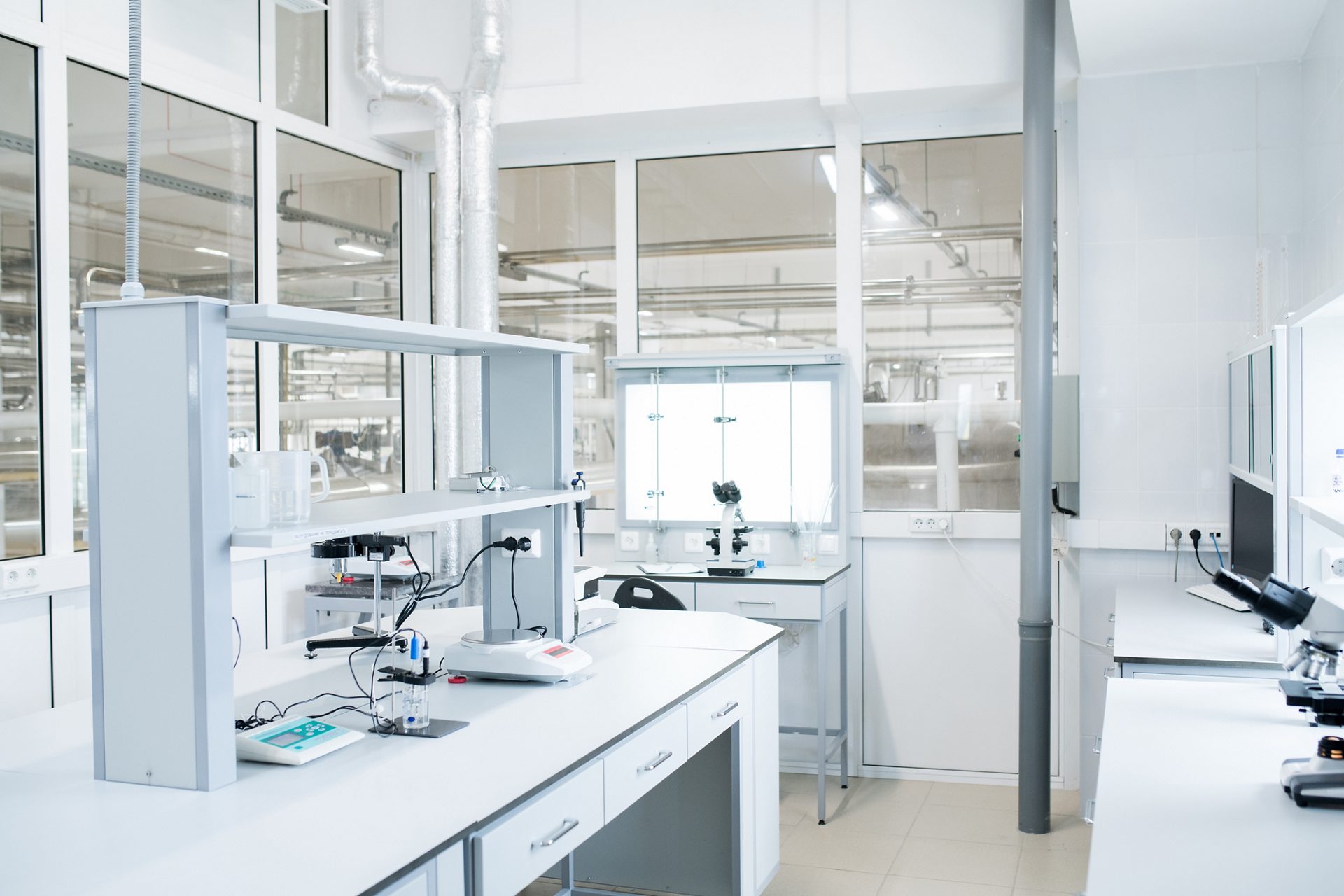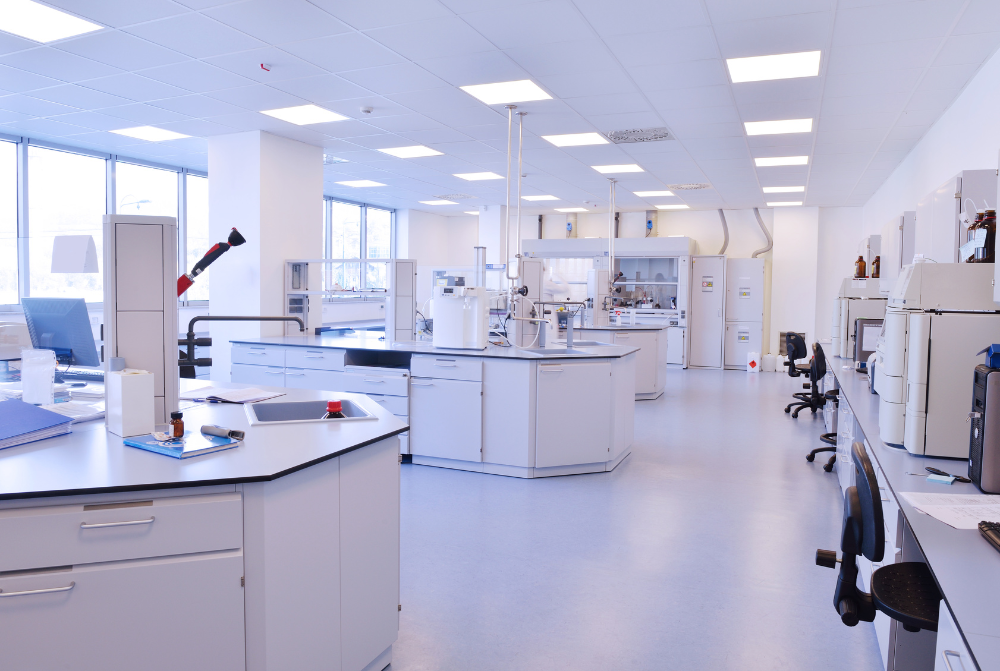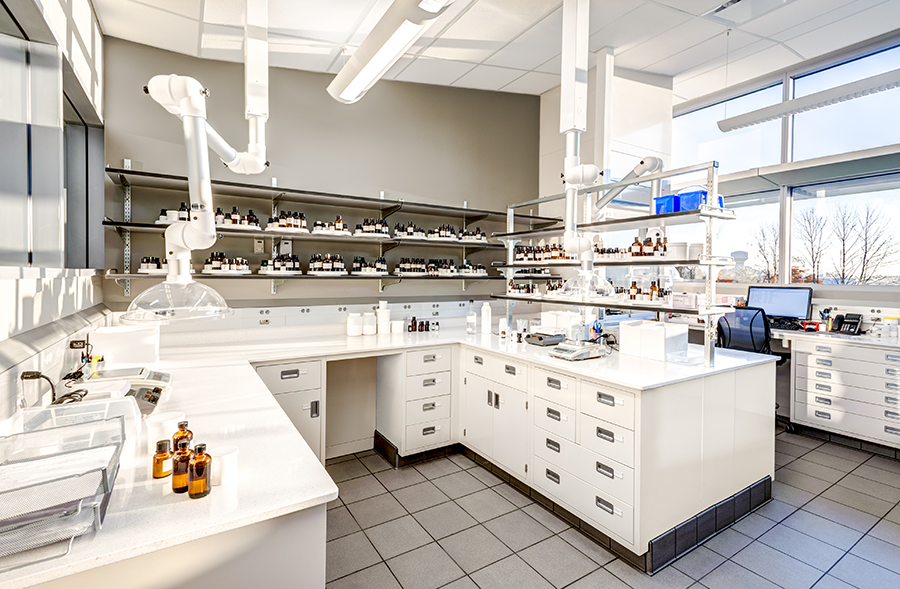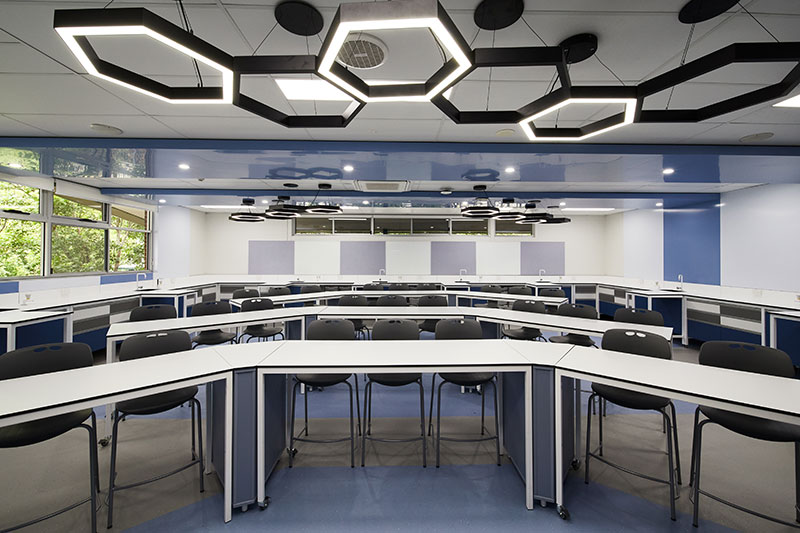The laboratory world is full of accidents, spills, and unfortunate incidents. Researchers have to go a long way to find answers to their questions in hazardous surroundings. Most labs use different safety measures to ensure the safety of their scientists. One such installation is a laboratory eyewash station.
Lab or emergency eyewash stations are specialized sinks dedicated to the lab. These sinks have proper water sources that can stream a smooth flow of tepid water for at least 15 minutes. Some eyewash stations have one or multiple eyewash heads to ensure maximum safety of the users.
Common types of these eyewash stations are plumbed or fixed stations, and the other type is portable eyewash stations. Fixed ones are used in large lab setups, while portable ones are used in compact spaces.
How Does Laboratory Eyewash Station Help In Emergencies?
Lab eyewash stations are a critical safety feature designed to provide immediate eye decontamination following exposure to hazardous substances. They are vital in laboratory emergencies where chemicals, biological materials, or other dangerous substances are handled.
Here is how eye rinse stations help in emergencies.
- Immediate Flushing: Chemical splashes or airborne particles can cause severe eye damage if not removed quickly. Eyewash stations provide a readily available water source for flushing the eyes immediately, diluting and washing away contaminants before they cause significant harm.
- Reduces Severity of Injury: By enabling quick rinsing, eyewash stations can significantly reduce the severity of eye injuries. The longer a contaminant stays in contact with the eye, the greater the potential for damage. An emergency eye wash station helps minimise this contact time.
- Easy to Use in Panic: Made for quick operation, eyewash stations are accessible even during panic. They typically have simple activation mechanisms, allowing immediate flushing without complicated procedures.
- Provides Time for Medical Attention: While eyewash stations offer crucial first aid, they are not a substitute for medical care. The 15-minute minimum flush time allows enough time to initiate medical attention while providing initial decontamination.
- Accessibility: Strategically placed within laboratories, eyewash equipment must be accessible within 10 seconds of any point where hazardous materials are used. These stations significantly ensure that help is at hand when an emergency occurs.
Therefore, getting a lab eyewash station installation service for the lab is a crucial decision. One must carefully consider this lab equipment’s size, budget, and place allocation. These eyewash stations can be the first solution to mitigate the emergency that occurs in the lab after a complex experiment.
Step By Step Guide To Use An Eyewash Station
Accidents are no stranger to the laboratories. It can happen even during the simplest procedure or handling simple chemicals. However, one can follow a few steps to use these laboratory tapware stations efficiently during emergencies.
Some of the steps to use eyewash solution are as follows.
Step 1. Immediate Action
If the researcher’s eyes are exposed to a hazardous substance, they must immediately proceed to the nearest eyewash station. Every second counts in reducing the severity of potential injury. One should always consider eye wash station maintenance to avoid repercussions.
Step 2. Activate the Station
Activate the eyewash station. This is usually done by pushing a lever or pressing a button. Some stations might require pulling down a handle or stepping on a pedal. One can set settings according to his requirements.
Step 3. Position On The Station
Ensure the water is flowing before the user starts to rinse the eyes. Eyewash stations are designed for hands-free operation once activated. This feature enables the user to concentrate on the flushing process fully.
Step 4. Open The Eyes
The infected scientist must use his fingers to keep his eyes open. One must overcome the instinct to close the eyes so that the flushing fluid can directly contact the eyes. Moreover, keeping the eyes open can make the process much simpler.
Step 5. Rinse Thoroughly
The user must position the eyes in the stream of water or flushing fluid. Ensure that the liquid flows directly onto the surface of each eye. One must move the eyeballs in all directions to facilitate thorough rinsing. This helps flush contaminants from under the eyelids and around the eye.
Step 6. Continue Flushing
One must continue to flush their eyes for at least 15 minutes. Adequate flushing time is crucial for effectively diluting and removing the hazardous substance. However, continuous flushing with tepid water can thoroughly clean the eyes with all hazardous splashes.
Step 7. Seek Medical Attention
After flushing, one must seek medical attention, even if the eyes feel better. Some chemicals can cause delayed reactions or damage that may not be immediately apparent. However, it is better to take professional care to ensure safety and protection.
Laboratory eyewash stations are a vital safety feature in any laboratory setting. It provides immediate first aid protection to the infected person. With the proper installations and functional steps, one can conquer the world of science without facing any life-threatening accidents.
Finding the best solutions for a productive lab in such a modern world is complicated. However, Westlab Spaces is the laboratory fit out specialist who can design the lab most functionally. We also provide the latest and unique solutions to design any laboratory. To learn more about us, visit our website now!
FAQs
What are the types of eye rinse stations?
The basic types of eyewash stations are plumbed and portable. However, labs also use drench hose units and mounted faucet stations in emergencies.
How much does one need an eye wash station maintenance?
One must inspect their eyewash stations at least once a week. Moreover, periodic annual maintenance of stations is highly recommended.
Is an emergency eye wash station expensive?
Prices vary, but eyewash stations range from affordable (portable, faucet-mounted) to expensive (combination, plumbed units).












